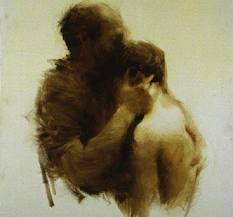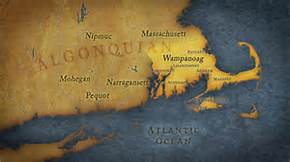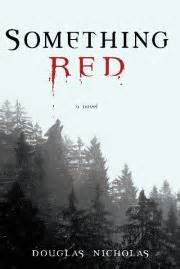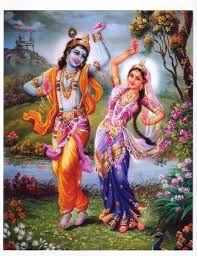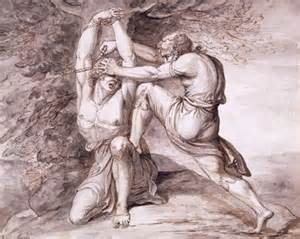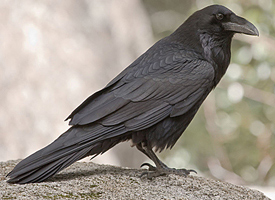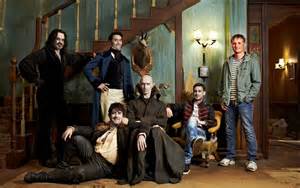 When the phone rang 17 years ago, it was my niece on the phone, to whom I had not spoken in 18 years. She called to tell me that her mom had suffered an aneurysm in her brain and that the corrective surgery had left her in a coma. The prognosis was very bad, if she emerged from the coma, she would be a vegetable for the rest of her life. So her children decided to turn off the life support machines and have a memorial service. “Will you come to the service?” she asked. “Of course I will. Where and when is it? Let me know and I’ll be there,” I said, hanging up the phone. My wife had to teach school and my children could hardly remember their aunt, so I called my employer, explained the situation, and prepared to represent the Melville clan at the memorial service. My brother had remarried and, given his intensely negative feelings for both his ex-wife and me, would not be attending the service.
When the phone rang 17 years ago, it was my niece on the phone, to whom I had not spoken in 18 years. She called to tell me that her mom had suffered an aneurysm in her brain and that the corrective surgery had left her in a coma. The prognosis was very bad, if she emerged from the coma, she would be a vegetable for the rest of her life. So her children decided to turn off the life support machines and have a memorial service. “Will you come to the service?” she asked. “Of course I will. Where and when is it? Let me know and I’ll be there,” I said, hanging up the phone. My wife had to teach school and my children could hardly remember their aunt, so I called my employer, explained the situation, and prepared to represent the Melville clan at the memorial service. My brother had remarried and, given his intensely negative feelings for both his ex-wife and me, would not be attending the service.
The night before the service I had a dream. It was my sister-in-law as I remembered her from our visit 18 years before. She was beautiful and welcoming, inviting me to embrace her children who were as I remembered them when we visited them in Wisconsin many years before. That was when my mom was dying and had asked my brother, to whom she had given power of attorney over her assets, to purchase airline tickets, so that she could see her grandchildren and her son before she passed over into the spirit world. Being the adult child of alcoholics, my brother was denying the truth, a pattern he had learned from both my parents (I learned it too), and refused to buy the tickets. When mom failed and went into the coma, which she had done the year before in my home, my brother got frightened and, not wanting to displease his mom, sent for our family. Unfortunately mom didn’t regain consciousness during our visit. My four sons got to spend time with their cousins and the adults got to facilitate the momentary merger of the two families.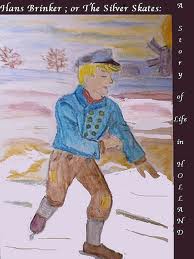
When I awoke from the dream, it was the day of the memorial service. A thick fog was covering the windows and it was dark, so I decided to shower and prepare to drive across the state. When I got out of the bathroom and was dressing, I noticed the time. It was 2 am. Since I was already up, I packed the car and decided to brave the fog. It never lifted, so I drove about 15 miles an hour and arrived in Auburn about 7 am. I had breakfast and then drove to the address of my sister-in-law’s apartment. As I parked the car, another rolled up next to me. It was my niece and her husband. We had 18 years to catch up on and a family secret to share.
 I had discovered what my mom meant in telling me that my great-grandfather Kroll had “married beneath his station.” He was part of the Berlin aristocratic circle. His family had built the Opera House. My mom was very proud of that, but she never told us that the reason her grandfather had immigrated to Racine, Wisconsin was because he had married a Jew. My niece had done the same thing, and converted to her husband’s religion, just like my great-grandmother Kroll had done. The Krolls became Lutherans and disappeared into Wisconsin’s dairy land. When Jews would notice my mom’s features, Phyllis McFadden Melville denied her Jewish background. As Shakespeare pointed out regarding Hamlet’s mother’s words and behavior, you can over do a denial. “Me thinks she doth protest too much.” which points to the truth of the opposite. My sister-in-law had also left the Roman Catholic tradition for my brother’s Protestant faith. The pattern continued, but so did the genes.
I had discovered what my mom meant in telling me that my great-grandfather Kroll had “married beneath his station.” He was part of the Berlin aristocratic circle. His family had built the Opera House. My mom was very proud of that, but she never told us that the reason her grandfather had immigrated to Racine, Wisconsin was because he had married a Jew. My niece had done the same thing, and converted to her husband’s religion, just like my great-grandmother Kroll had done. The Krolls became Lutherans and disappeared into Wisconsin’s dairy land. When Jews would notice my mom’s features, Phyllis McFadden Melville denied her Jewish background. As Shakespeare pointed out regarding Hamlet’s mother’s words and behavior, you can over do a denial. “Me thinks she doth protest too much.” which points to the truth of the opposite. My sister-in-law had also left the Roman Catholic tradition for my brother’s Protestant faith. The pattern continued, but so did the genes.
Preparing for the memorial service meant waiting for my nephews to arrive. When they did, it was almost like the dream, except they were in their late twenties. The service was almost like a replica of my brother’s wedding, except that everyone was thirty seven years older. And as expected, my brother was totally absent. He didn’t even bother to send a telegram or flowers. It was me and my nephews, representing the Melville clan. I learned that the life-support machines had been turned off at midnight, about the time of my dream. I shared my belief that I had been given the dream for a reason. My sister-in-law wanted me to be there for her children and I was. And I did my best to stay connected for as long as I could. In a family where emotional cutoffs are the norm, that didn’t last more than a few years.  I did get to meet my youngest nephew’s wife and children on my way to a Native American Church meeting. He seemed surprised to discover he had Native American genes. He had married a Cherokee woman and they were interested in seeing the tipi, so I took them inside. They didn’t stay for the all night ceremony, but they were very curious.
I did get to meet my youngest nephew’s wife and children on my way to a Native American Church meeting. He seemed surprised to discover he had Native American genes. He had married a Cherokee woman and they were interested in seeing the tipi, so I took them inside. They didn’t stay for the all night ceremony, but they were very curious.
I did what I could to reconnect the boys with their father. He was very judgmental and saw their mother’s addictions in them and their behavior. His daughter was like him and hence the favored child. She did everything better. Falling in love with a Jewish man was a little tarnishing, but I guess he forgave her for that. (He didn’t know he’s a Jew.) She was the intermediary between me and my brother, who refuses to communicate with me. He didn’t like my influence on his sons, so I guess he made a few gestures in the following years to get closer to them. I tried penetrating his shield a couple of times and talked with his new wife on the phone. My wife and I weren’t invited to their wedding, so for several years I didn’t know he had remarried. I have never met my new sister-in-law. I have spoken to my brother for about 5 minutes for 5 times in the last 23 years. And my sister-in-law did say that she told her husband that he had to forgive me, if he wanted to get into heaven. She reported his words, “I have forgiven him”. My question was, “did he mention what I had done? I would like to know.” She would only say, “It is between him and God. He’s a very private person, and I don’t ask about things like that.”
When my nephew posted a photo of his mom, remembering her passing, I was amazed at her beauty. She had been a runner up in the Miss Sacramento Beauty pageant when she and my brother met. The photo was from the early days of their marriage. Her inner beauty showed through her appearance in my dream seventeen years ago. I reminded my nephew of my birthday surprise at the time and, much to my delight, he contacted me. It was a though his mom were guiding us both from the other side. She knows that I can be there for her son in a way which will make his path easier. I have already shared my belief that there is a profound reason why my brother cannot be a normal parent and sibling. I have come to terms with that and with grace, so will his children.
We are all damaged by our family’s ancestral patterns. We unconsciously act out the “sins of the fathers” over and over, until we wake up to that fact and consciously begin to change the patterns. It is a difficult journey, but it is a family task and it is something my family can do together. Communication is the key, and willingness to learn about the family history is also necessary. One of my sons has assured me that he has broken the chain and is creating his own life and consequences. Hopefully all the Melville clan will be able to do that. Those who succeed model for all of us who attempt.





